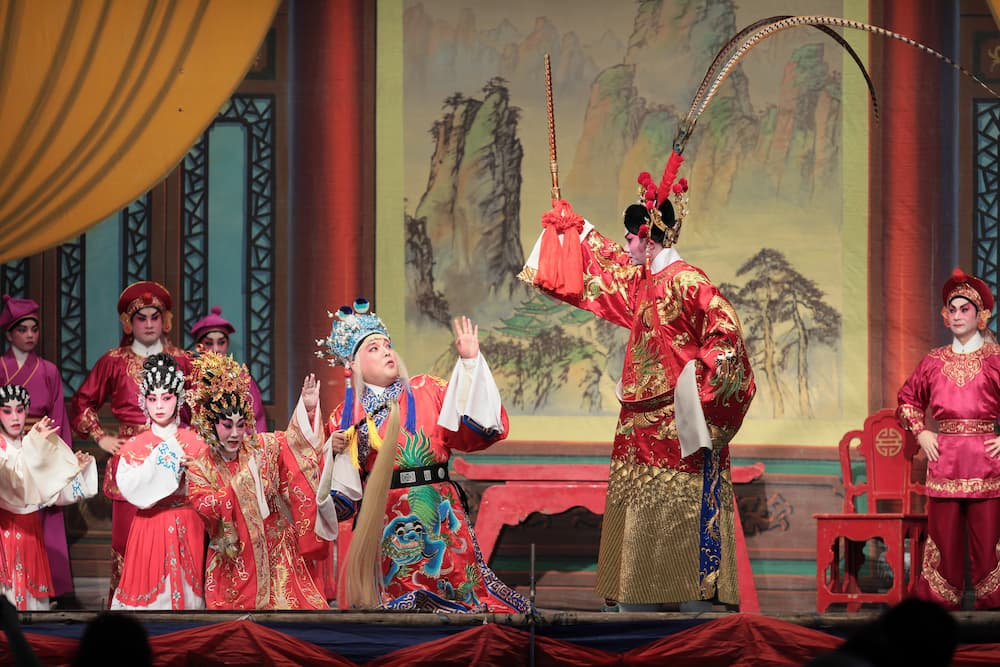
Imperial Examination System
Splendid
Chi Culture
Topic
Imperial Examination System
The imperial examination was an important channel through which the Chinese government selected officials. It did not look at a person’s family background nor did it require recommendations from people familiar with the candidate. The candidate selection was based solely on the exam. As the examination was open to any male, it was a fair competition based exclusively on merit. It was a progressive and proactive way for hiring when compared with the other ways in which official posts were filled: hereditary or recommendation by officials. This superior way of hiring reached its peak in the Tang (618–907) and Song (960–1279) dynasties. Through the imperial exams, the talent pool was substantially expanded. The exams changed the structure of the entire civil servant organization, raised the over-all quality of government employees, and managed to select a large number of talented officials from among ordinary citizens.
In Chinese history, three routes by which men could become government employees. The first was by birth into hereditary positions, the second, through the recommendation by local officials, and the third, through the imperial exams. In ancient China, nobles in hereditary positions were given precedence. Recommendations were used in the Han dynasty (206 BCE–220 CE) when local officials inquired after and recommended local talent who were categorized as filial and incorrupt, flourishing talents, well versed in the classics, worthy and excellent, straightforward and upright. The imperial exams were offered by the central court and were open to anyone. The test result was the main determinant as to whether one would be given a government post. The exams had their origins in the Northern and Southern Dynasties (420–589) and became official in the Sui dynasty (581–618). They continued in the Tang dynasty and were perfected in the Song dynasty. Afterwards, they were used continuously through the next three dynasties.
During the Kaihuang era (581–600) of the Sui dynasty, the nine-rank system was abolished and Emperor Yang (r. 604–618) founded the jinshi (metropolitan graduate) examinations; the institution of this exam is generally considered the beginning of the imperial exam system. The details of the exam are not well documented. When the Tang dynasty was founded in 618, no new examinations were established although the government had an urgent need for good employees. In the fourth year (621) of the Wude era, Emperor Gaozu (r. 618–626) re-established the imperial exam system of the Sui dynasty. Official exams were held annually. In the Tang dynasty, the only path to officialdom for those not born into high ranking families was to sit for the exam. A variety of exams were offered: recruitment exams, military exams, youth exams, etc. Of these, the official exam was offered annually, passed the highest number of candidates, remained in effect for the longest period of time, and exerted the greatest influence socially.
The Tang exams continued to be used in the Song dynasty, although with some modifications. These triennial exams were divided into three levels: local, provincial, and palace. During the examinations, the venue was secured and the candidates could not leave nor could anyone enter. Test papers were submitted anonymously and copied before the examiners received them; the latter was done to avoid the examiners’ recognizing the candidate’s handwriting. The manner in which the exam results were announced by the emperor and the way in which the winners were awarded posts quickly without having to attend a review process dressed in special attire are well-known practices that were implemented in the Song dynasty.
The recruitment of officials through imperial exams became the most important way for people with no family background to enter into public service in the Song dynasty. Many great statesmen of the Song dynasty, including Kou Zhun (961–1023), Fan Zhongyan (989–1052), Wang Anshi (1021–1086), and Yu Yunwen (1110–1174), entered their government careers this way. In the following dynasty, the Yuan (1271–1368), the exam system had major new features: people of different ethnic background (e.g. Mongols, central Asians, Han Chinese, and southerners) were enrolled separately (the first two ethnic groups on the right-hand side, and the others on the left-hand side).
In the Ming (1368–1644) and Qing (1644–1911) dynasties, the testing procedures became stricter and better designed, yet there was little progress and innovation when it came to the contents and form of the exam itself. It continued the time-honored tradition of testing on the contents of the “Four Books” and the “Five Classic” and the format of the eight-legged essay. The eight-legged essay allowed rigidly limited scope of questions, acceptable answers and essay styles. Thus the exam became incredibly stale and unwieldy.
Near the end of the Qing dynasty, the court made unsuccessful attempts to reform the exam; these reforms failed on account of the overall decay of the government. Instead of developing into a modern system for government recruitment, the imperial examination system ended in the thirty-first regnal year (1905) of the Guangxu emperor (r. 1875–1908), 1300 years after it was created.







